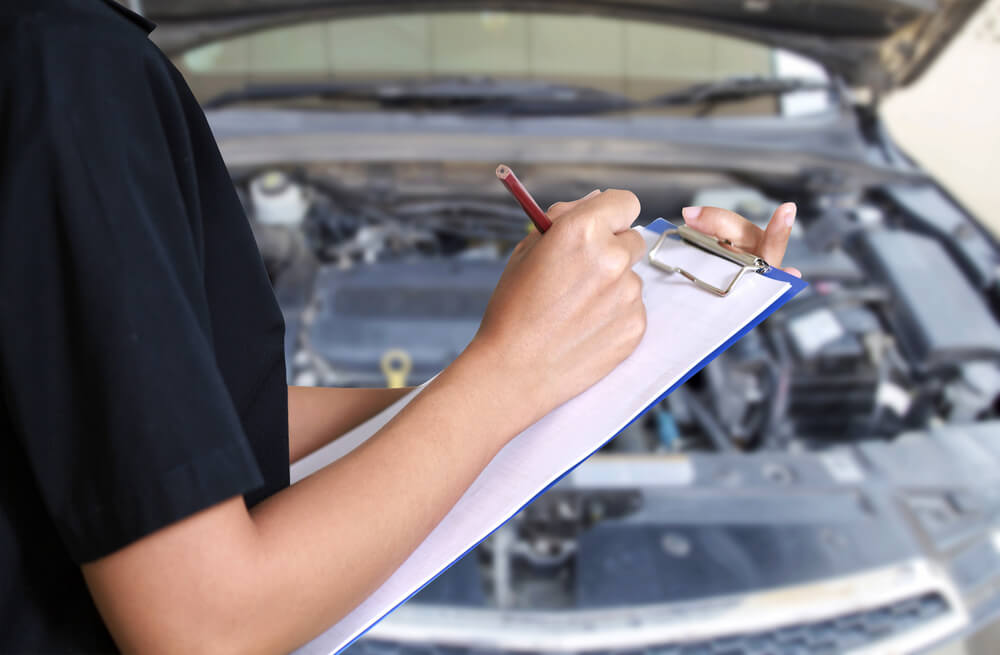Blog

Car buyers realize the importance of a good test drive before purchasing a vehicle. Test drive helps potential buyers determine the best value of an old car. A detailed and appropriate test drive will help to make smarter decisions before finalizing the deal.
However, few people know the best test-driving techniques to distinguish the vehicle’s best value and working condition. Applying these tried-and-tested methods will help separate the good from the average. So, instead of simply running the vehicle’s engine around for a while and checking the sound system, here are some best test-driving techniques you should employ to know which used car is worth keeping.
1. Walk around and Perform a Pre-test inspection
Before stepping inside and starting the vehicle, walk around it for a primary inspection. You can identify any minor dents, cracks, or marks the car has. It will prevent the owner from blaming you for any damages that may have been present beforehand, especially when the owner is not with you during the test drive.
Furthermore, before starting the ignition, open the bonnet and inspect the vehicle’s engine oil levels along with other fluids. It will help you to determine and cross-examine any leakages that might be present by comparing the levels before and after the test drive.
2. Prepare notes
After checking each feature and functionality of the vehicle, make your own notes to keep track of the things that are working fine and the ones that are malfunctioning and might need some repair. Keep a tab on factors like the performance of the sound system, the interior wear, the performance of the AC or heater, seat comfort, and so on.
Besides, check whether you can hear any unusual noises, such as from the engine or any other external sounds originating from inside the cabin. Take notes of these things. Noises coming from within the cabin may indicate some issues with the engine casing or mounting, that the cabin is not properly insulated.
3. Take a longer test drive
A cunning used car dealership may trick you by creating fake urgencies, like “We don’t have much time” or “You have to drive here only”. By offering limited time and space, the dealer aims to distract your attention from finding the flaws or damages of the old car. If a dealer or seller doesn’t want you to test drive and inspect the vehicle thoroughly, consider this a red flag.
If you are serious about purchasing the best car, try running the vehicle for at least 10 miles to test different criteria. Don’t let the seller pressurize you into short drives. You can also offer the used car dealership a few bucks to let you drive for another 20-30 minutes.
4. Turn off the sound system
During the test drive, turn off the radio or the sound system unless you are evaluating the sound. Also, turn off the heater fan and air conditioner in turns while leaving the windows up. It will let you hear any unusual noises.
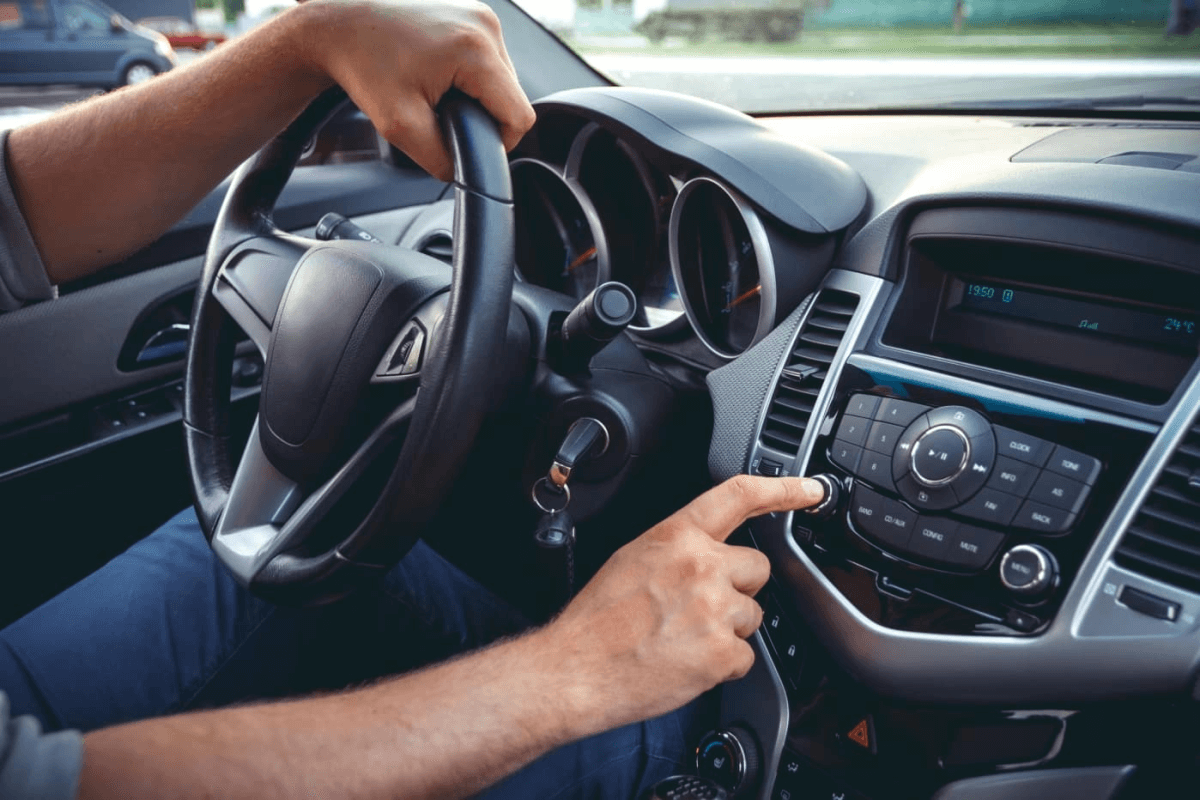
Try paying minute attention to the noises coming from the tires, engine, etc., to determine any car problems. You can also try changing the route or vehicle speeds to check the noise levels under different sound environments and speeds.
5. Drive on-road and off-road too
While test-driving on the main streets is vital to determine the vehicle’s performance in real situations, you should also give it a drive down a dead lane. Used cars often have issues with CV (constant velocity) joints. Failing CV joints often create weird and often expensive noises, such as whining and clicking.
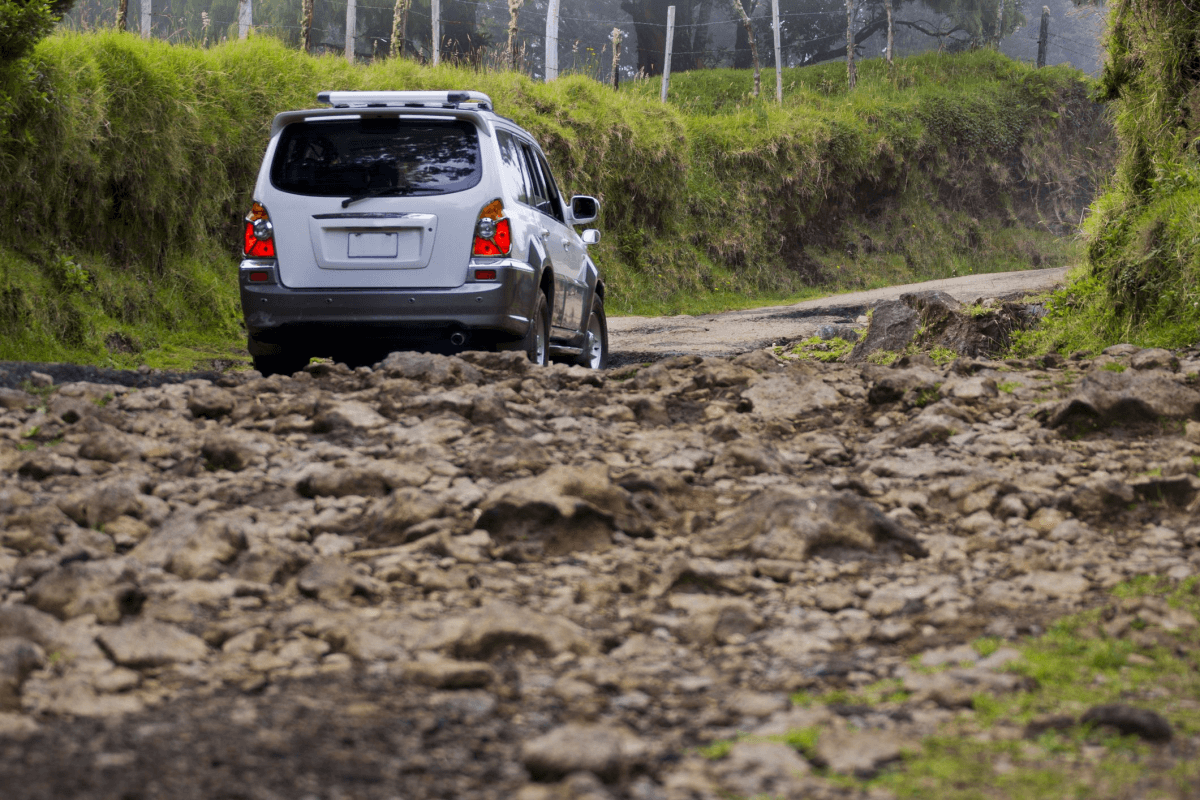
6. Test the brakes as well
Apart from checking the vehicle’s steering and turning capabilities, you need to check the working condition of its brakes too. The braking system of any car is as vital as its acceleration. Choose a traffic-free area and drive at a good speed of 60-70 km/hr. You can also apply an immediate speed of 80 if the spot is totally free from traffic congestion, but be careful, though.
First, start by pressing the brakes gradually to check for any vibration occurring from the brake pedal. Also, check if the vehicle is drifting towards any side. Unexpected vibrations may indicate that the brake system’s assembly may be faulty or that the brake shoes are old and worn out. And if the vehicle seems to be drifting towards one side, it may signify that the entire car alignment or the brake pads have flaws.
7. Get the final vehicle check from a professional
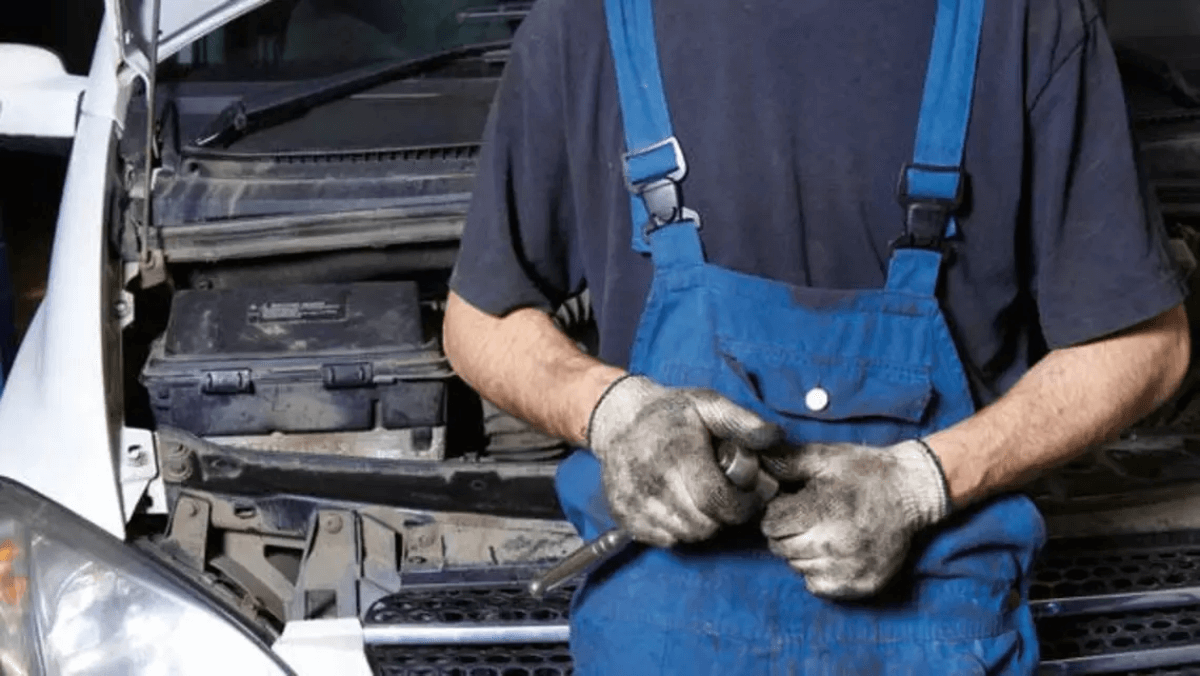
After performing all the necessary checks and when the vehicle passes all or majority of the vital tests, get a trusted mechanic or professional test-driver for a final inspection. Take a second opinion from a professional test-driver, either paid or non-paid. Double-check your results by asking another certified driver.
8. Set some benchmark
Automakers and vehicle suppliers set certain benchmarks in the early development process. Being a used car buyer, you must set your own benchmarks, too. To set appropriate benchmarks, you can first drive a similar car segment to figure out how different features work.
A great place to test drive any vehicle you can get is a car rental agency. Also, remember that the base version will perform differently than its high-end, upgraded models. Test-driving random vehicles of the same segment will help you gain a better perspective of how to evaluate different criteria and handle various dynamics accurately.
9. Drive once with AC ON and once when OFF with all windows down
It will allow you to determine the exact engine load and learn how the vehicle performs in different conditions. To compare the difference in the car’s acceleration, first, keep the AC on at the lowest fan speed and drive for a few minutes. Then, turn on the AC to its full power.
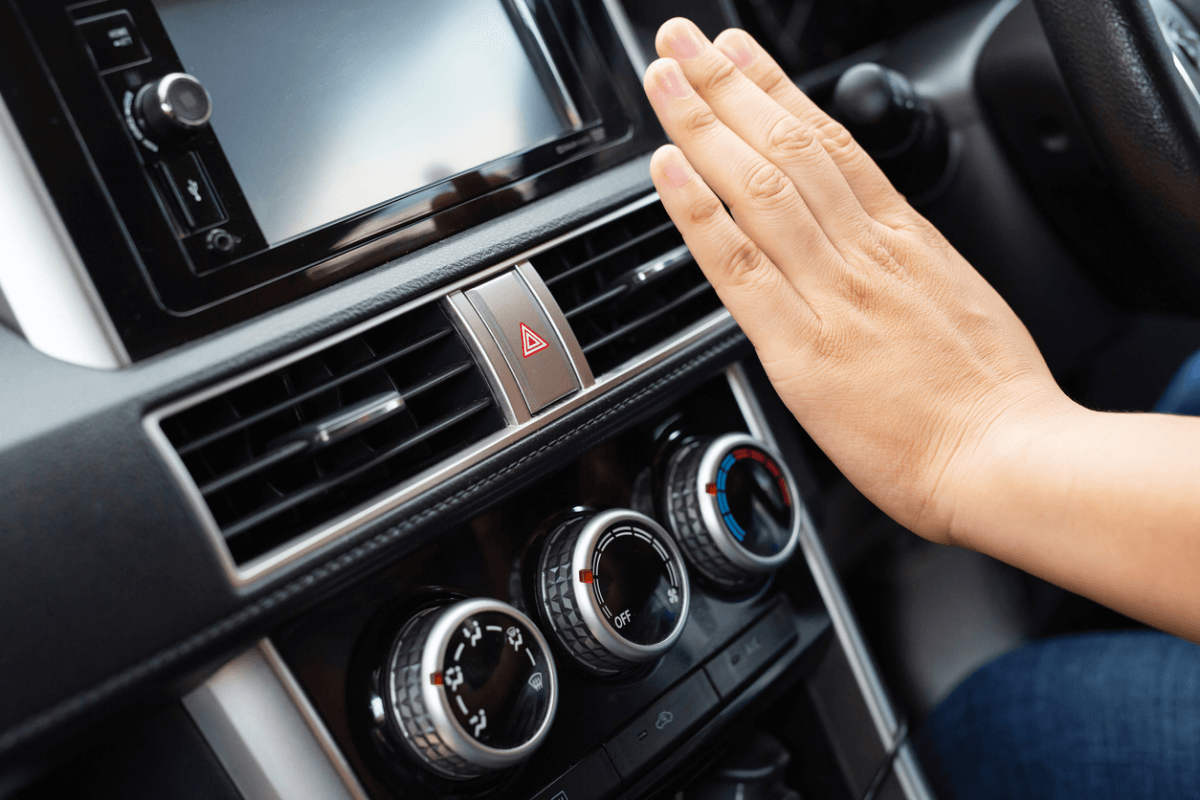
Although the performance of most cars won’t be affected by the AC speed changes, some older models may encounter this issue. In such cases, the vehicle may experience issues while driving in different climatic conditions and temperatures.
10. Switch to the co-passenger seat
After driving and inspecting the vehicle thoroughly, switch to the co-passenger seat while someone else is driving. Check whether all the interior switches are working fine from the co-passenger’s place. Moreover, check the performance of other dials and features, like AC cooling, seat belts, audio system, heater, USB support, Bluetooth, etc.
Conclusion
To conclude, a car is meant for serious driving rather than casual usage. Therefore, you should be serious about inspecting the vehicle thoroughly by employing the above-mentioned test-driving approaches. So, we recommend you buy second-hand (or third-hand) vehicles from a reputed used car dealership.
FAQs
What should I inspect before starting the test drive?
Before starting the test drive, conduct a thorough visual inspection of the vehicle’s exterior and engine. Check for dents, scratches, and fluid levels to ensure there are no pre-existing issues.
How long should a test drive be to properly evaluate a used car?
Ideally, a test drive should be at least 10 miles long, allowing you to assess the car’s performance in various conditions, including different speeds and terrains.
Why is it important to drive with the sound system off during a test drive?
Turning off the sound system helps you listen for any unusual noises coming from the engine, tires, or other parts of the car, which could indicate potential issues.
Should I test the car’s performance with the air conditioning on?
Yes, testing the car with the AC both on and off will help you understand how the vehicle performs under different loads and climatic conditions.
What should I look for when testing the brakes during a test drive?
Pay attention to any vibrations, noises, or pulling to one side when braking, as these can indicate issues with the brake system or vehicle alignment.



